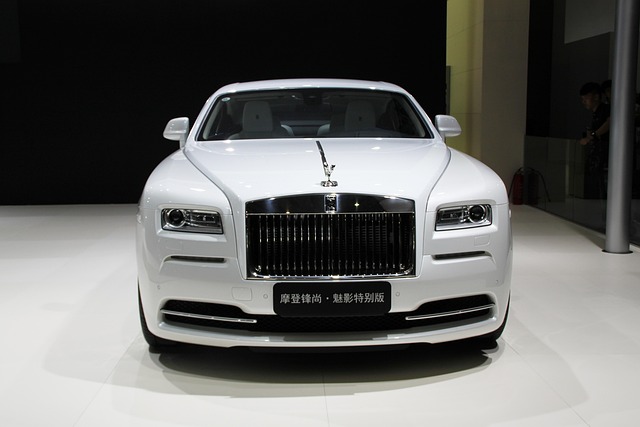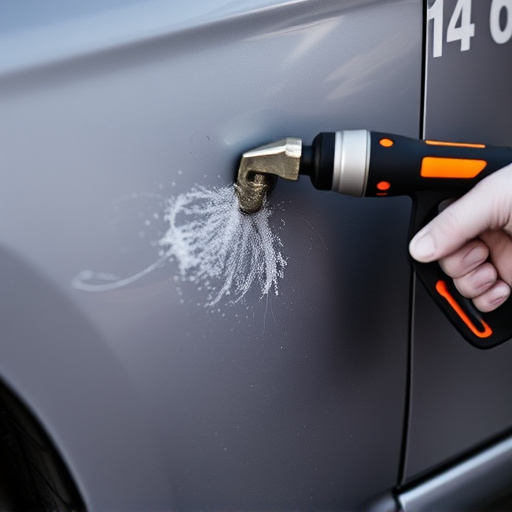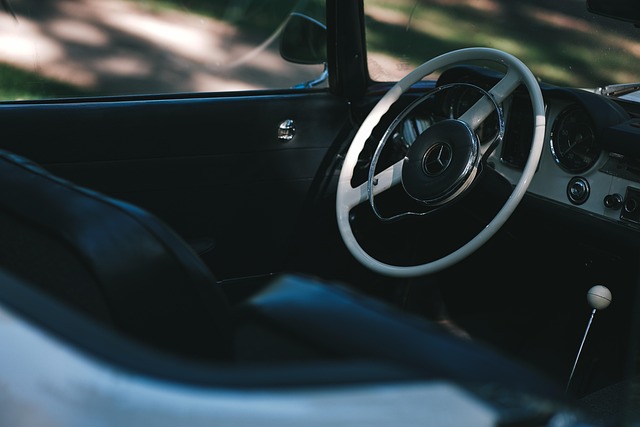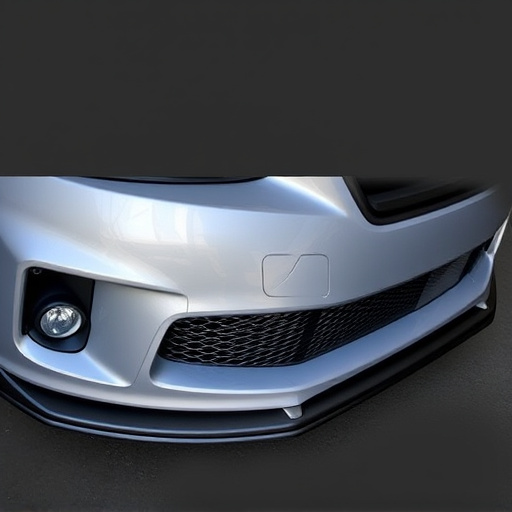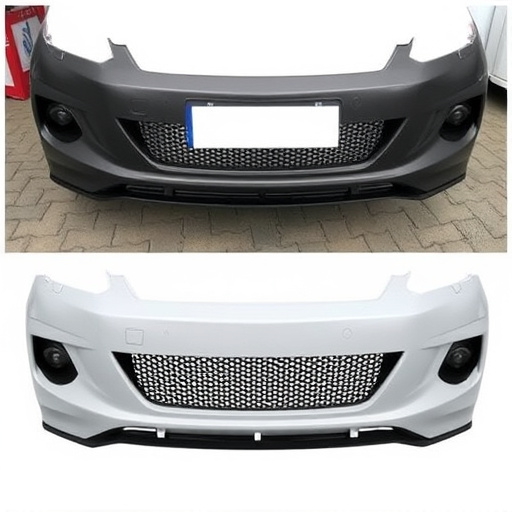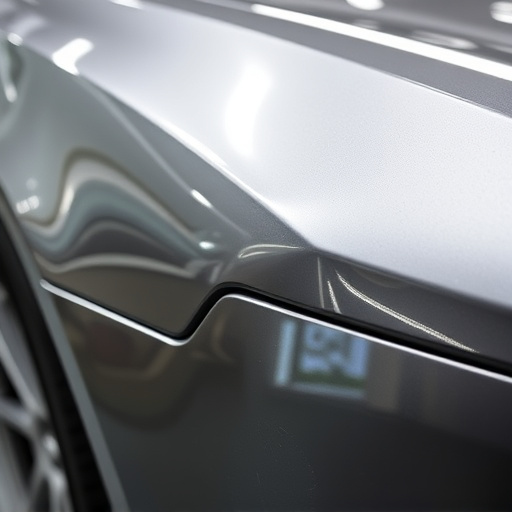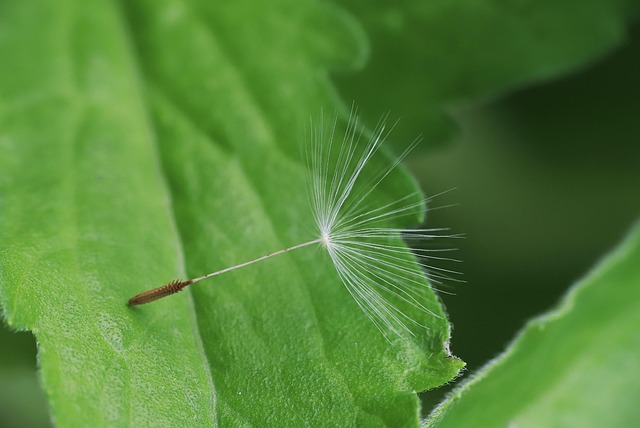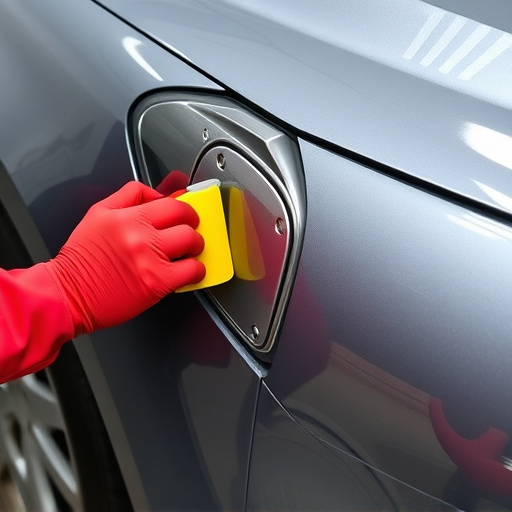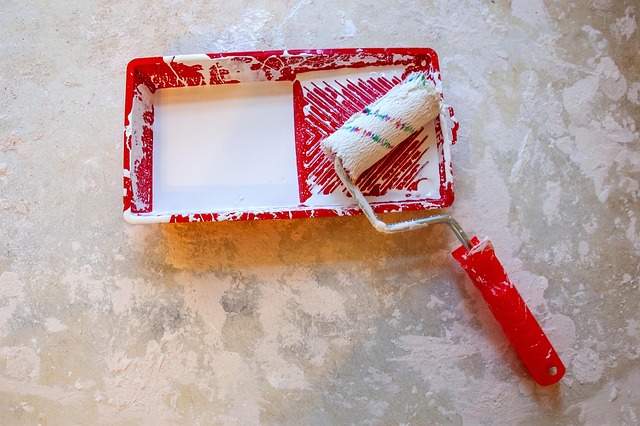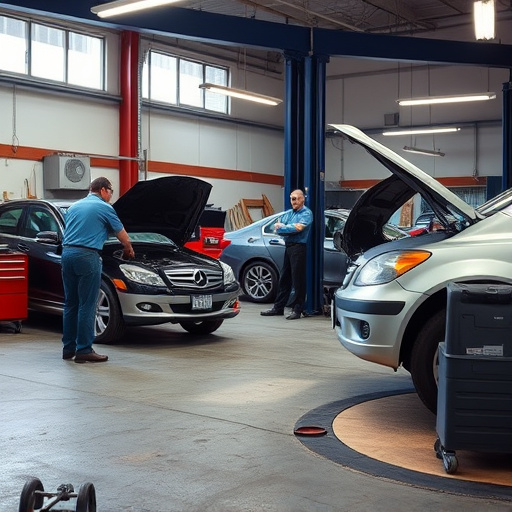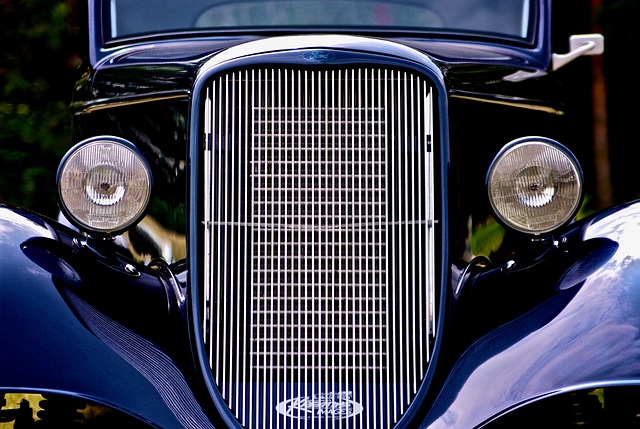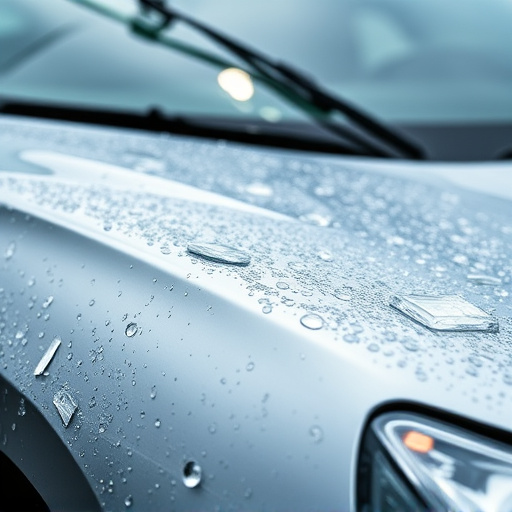Motorcycle collision repair has evolved from basic structural fixes to a highly skilled craft, driven by technological advancements and increased demand for precision and customization. Historically challenged by motorcycles' unique construction, the industry now offers comprehensive services globally, including expert painting and auto glass repair, meeting the diverse needs of riders worldwide. Early hurdles, such as intricate designs and limited skilled technicians, led to innovative solutions that have transformed motorcycle collision repair into a specialized yet mainstream service, revolutionizing vehicle restoration for these distinctive motorcycles.
“The world of motorcycle collision repair has undergone a remarkable metamorphosis, shaping an industry once defined by challenges into a symphony of advanced techniques and meticulous craftsmanship. This article delves into the evolution of motorcycle repair post-collisions, highlighting historical struggles, the revolution brought by technology, and its profound impact on safety and customer satisfaction. From traditional, time-consuming methods to modern, automated practices, we explore how the industry has transformed, fostering a new era of precision, efficiency, and eco-friendly approaches in motorcycle collision repair.”
- The Evolution of Motorcycle Collision Repair Techniques
- – Historical perspective on motorcycle repair post-collisions
- – Early challenges and limitations in the industry
The Evolution of Motorcycle Collision Repair Techniques
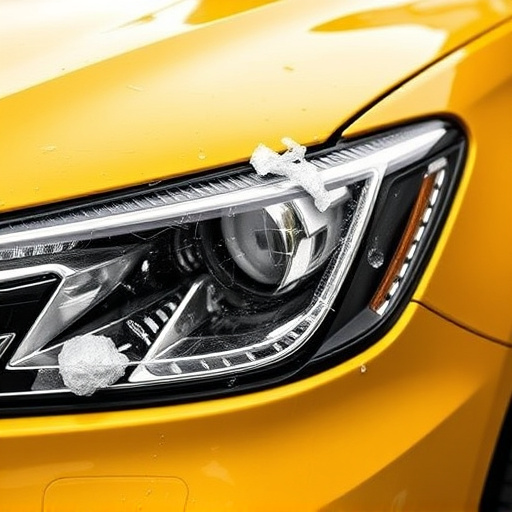
The evolution of motorcycle collision repair techniques reflects a significant shift in the industry’s approach to restoring two-wheeled vehicles. In the past, repairs were often crude and basic, focusing mainly on structural integrity. Today, advancements in technology have transformed motorcycle collision repair into a highly specialized field. With access to state-of-the-art equipment and an understanding of advanced materials, technicians can now offer precision and quality that was once unattainable.
This transformation has been driven by the demand for faster turnaround times and higher levels of customization. Modern auto body shops equipped with advanced tools and training in specialized automotive collision repair techniques are able to tackle complex fender repairs and even custom fabrication work, ensuring that each motorcycle is restored to its pre-accident condition or even beyond, catering to the unique preferences of individual riders.
– Historical perspective on motorcycle repair post-collisions
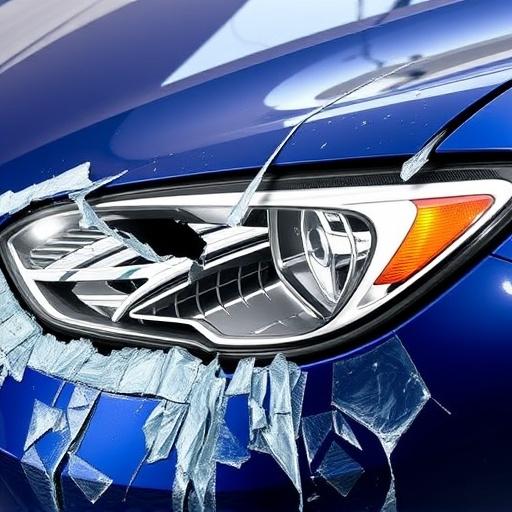
In the historical landscape of motorcycle repair, post-collision damage was once a significant challenge. Traditional auto body shops often struggled to cater to the unique needs of motorcycles due to their distinct construction and design compared to cars. Motorcycle frames, components, and parts were treated as individual pieces, requiring specialized care during repairs. Over time, the industry evolved with advancements in technology and an increased demand for precision and quality.
Motorcycle collision repair has transformed into a highly skilled craft, with dedicated auto body shops emerging to meet these specialized needs. These shops now offer comprehensive services, including not just structural repairs but also expert auto painting to match the motorcycle’s original finish and auto glass repair to ensure optimal visibility and safety for riders. This shift has not only improved the overall quality of repairs but also enhanced the accessibility of top-notch services for motorcycle owners worldwide.
– Early challenges and limitations in the industry

In the early days, motorcycle collision repair was a relatively nascent field, fraught with challenges and limitations. The intricate design and specialized components of motorcycles posed unique difficulties for restoration and repair compared to more conventional vehicles. Skilled technicians were scarce, and the absence of standardized repair procedures led to inconsistent quality across workshops. Moreover, the cost-effectiveness of repairs was often compromised by the need for imported parts, which added significant expenses to the already complex process.
These early hurdles created a demand for improved methods and technologies. The industry gradually evolved with the advent of advanced auto frame repair techniques, enabling more precise alignments and stronger structures. Auto painting processes also saw enhancements, offering durable finishes that better replicated the original motorcycle aesthetics. As vehicle restoration became more accessible and efficient, motorcycle collision repair emerged as a specialized yet increasingly mainstream service, revolutionizing how these unique vehicles are brought back to their former glory.
Motorcycle collision repair has undergone a remarkable metamorphosis, evolving from basic fixings to advanced techniques that enhance safety and aesthetics. This transformation reflects the changing landscape of the industry, driven by advancements in technology and a growing demand for high-quality repairs. By embracing innovative methods and materials, motorcycle collision repair professionals are not just fixing vehicles but revolutionizing the way we address post-collision damage, ensuring riders return to the road with renewed confidence.

